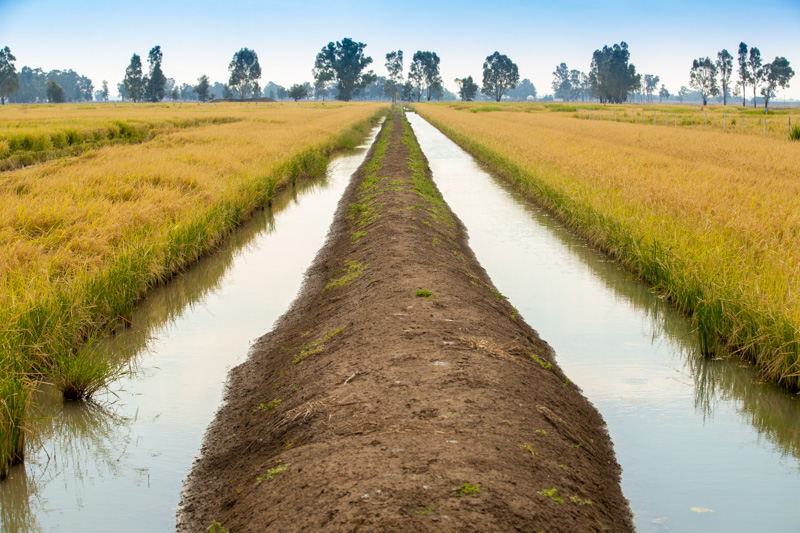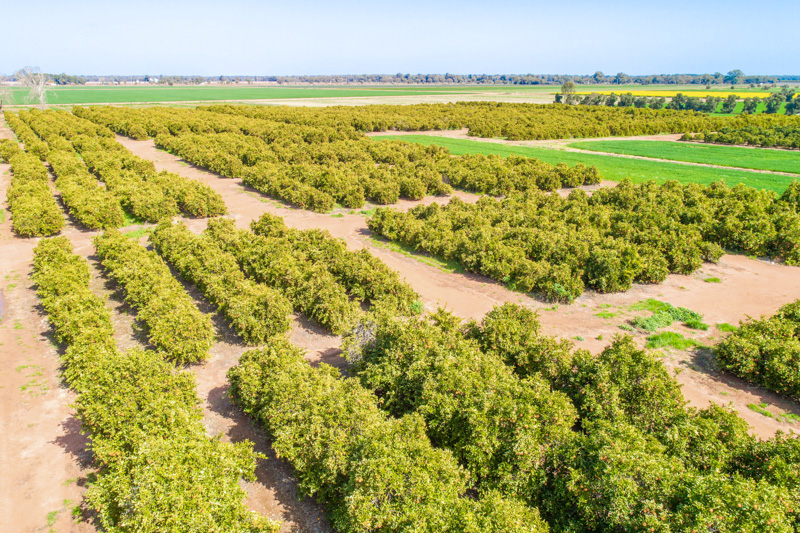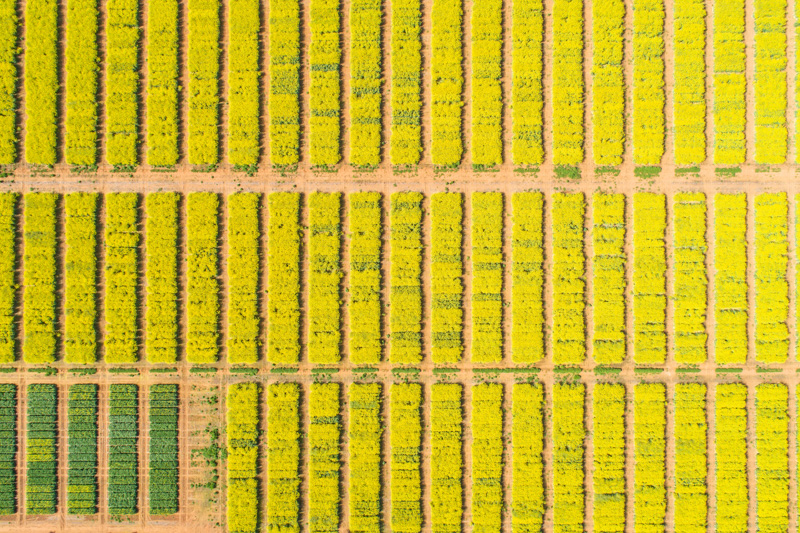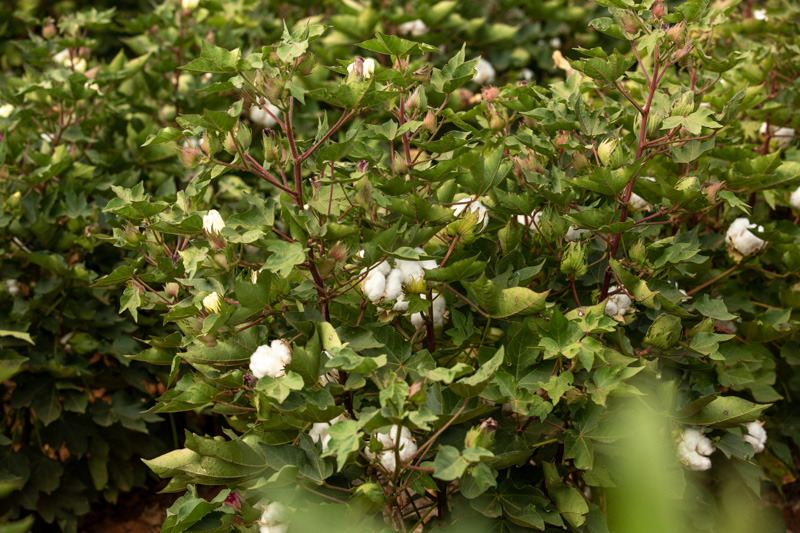
Our research
Rice Breeding Program
 Australia’s only rice breeding program is based at Yanco Agricultural Institute, and is focused on producing high-yielding temperate japonica rice varieties suited to local agronomic conditions and industry markets.
Australia’s only rice breeding program is based at Yanco Agricultural Institute, and is focused on producing high-yielding temperate japonica rice varieties suited to local agronomic conditions and industry markets.
- Varieties developed at Yanco constitute over 95% of the Australian rice crop.
- The breeding program is complemented by researchers working on cereal chemistry, crop nutrition, agronomy and pest management, as well as by experts in technology transfer.
- Developing varieties with shorter growth periods in order to improve water use efficiency is a key target of the breeding program.
- Producing varieties with higher levels of cold tolerance helps maximise grain yields if unseasonably cold weather occurs during panicle initiation.
Rice Agronomy
Minimising water use in irrigated crop production is a high priority research area both in good times and in drought, and a dedicated team of researchers focus their work on improving yields relative to the amount of water used. Techniques such as delayed permanent water combined with precise crop nutrition and short season varieties have made the NSW the most water-efficient rice producer in the world.
Horticulture
 Pest management in horticultural crops is currently a major focus, with projects currently examining red scale, citrus gall wasp, vegetable pests and potential native insect vectors of exotic plant pathogens that threaten horticultural crops should they enter Australia. Projects are underway looking at the response of horticultural crops to climate change. A new facility is being used to rear 2.5 million sterile Queensland fruit flies each week, and these are released by aircraft to suppress ‘wild’ flies. When completed, the results of this program will pave the way for broader deployment of sterile flies to help preserve access to sensitive export markets.
Pest management in horticultural crops is currently a major focus, with projects currently examining red scale, citrus gall wasp, vegetable pests and potential native insect vectors of exotic plant pathogens that threaten horticultural crops should they enter Australia. Projects are underway looking at the response of horticultural crops to climate change. A new facility is being used to rear 2.5 million sterile Queensland fruit flies each week, and these are released by aircraft to suppress ‘wild’ flies. When completed, the results of this program will pave the way for broader deployment of sterile flies to help preserve access to sensitive export markets.
Hazelnuts
The hazelnut plot at Yanco was set up in 2012 in collaboration with AgriAustralis as part of a RIRDC (now AgriFutures Australia) funded project. It is one of three trial plots established across NSW DPI sites to determine regional and varietal suitability for the potential expansion of the hazelnut industry into non‑traditional, semi-arid regions. Since the trees were planted recordings have been made of tree row volume, phenological observations, water and nutrient requirements, and the effects of tree architecture and microclimate on development. Initial investigations have also been made into the possible challenges and solutions to growing in a non‑traditional climate, such as excessive catkin drop between varieties and pollen viability. Now the trees are established and of bearing age, investigations of bud fruitfulness, fruit set, and crop yield and quality is ongoing. Future work includes studies into the presence and effect of pests and diseases in semi-arid regions.
Canola
 The canola program at YAI aims to determine optimum plant types and canopy management for high yielding environments of southern NSW and establish a relationship between photothermal quotient and grain yield of canola.
The canola program at YAI aims to determine optimum plant types and canopy management for high yielding environments of southern NSW and establish a relationship between photothermal quotient and grain yield of canola.
Soybeans
The soybean program evaluates new lines from the Australian breeding program with an aim to release new varieties for southern NSW that possess desirable combinations of higher yield, better agronomic traits, broader adaptation, better disease resistance and higher weathering tolerance.
Pulses
The pulse program aims to identify which phenotypes are best adapted to southern NSW and characterise crop phenology for current chickpea and lentil genotypes.
Cotton trials
 Cotton research focuses on crop protection issues including disease, pest and weed management, and also on optimising management procedures, particularly sowing timing. Cotton production in southern NSW has specific challenges, particularly in relation to the shorter growing season, so important trial work on refining management procedures, and particularly sowing timing, is also conducted. Cotton trials are generally conducted at Leeton Field Station.
Cotton research focuses on crop protection issues including disease, pest and weed management, and also on optimising management procedures, particularly sowing timing. Cotton production in southern NSW has specific challenges, particularly in relation to the shorter growing season, so important trial work on refining management procedures, and particularly sowing timing, is also conducted. Cotton trials are generally conducted at Leeton Field Station.

